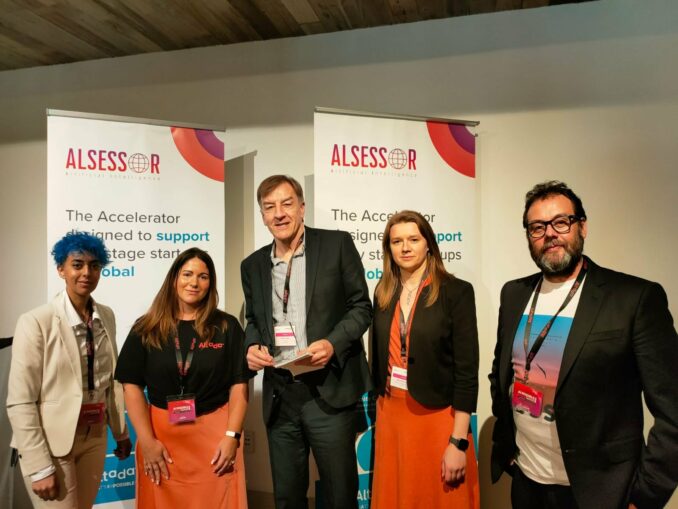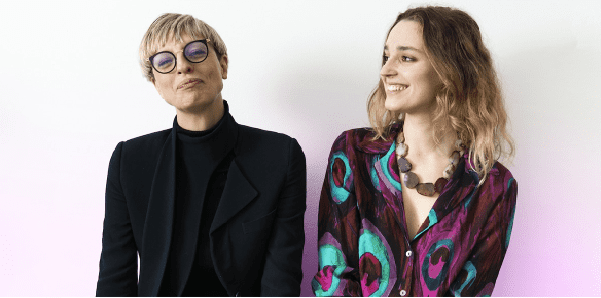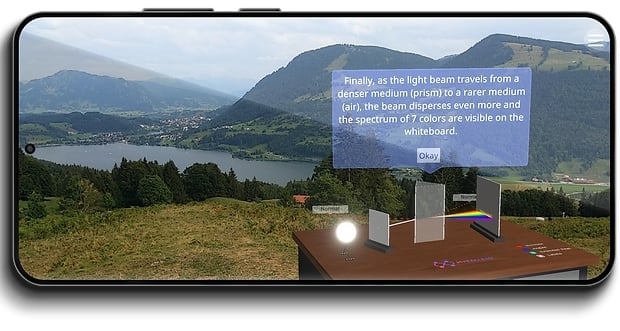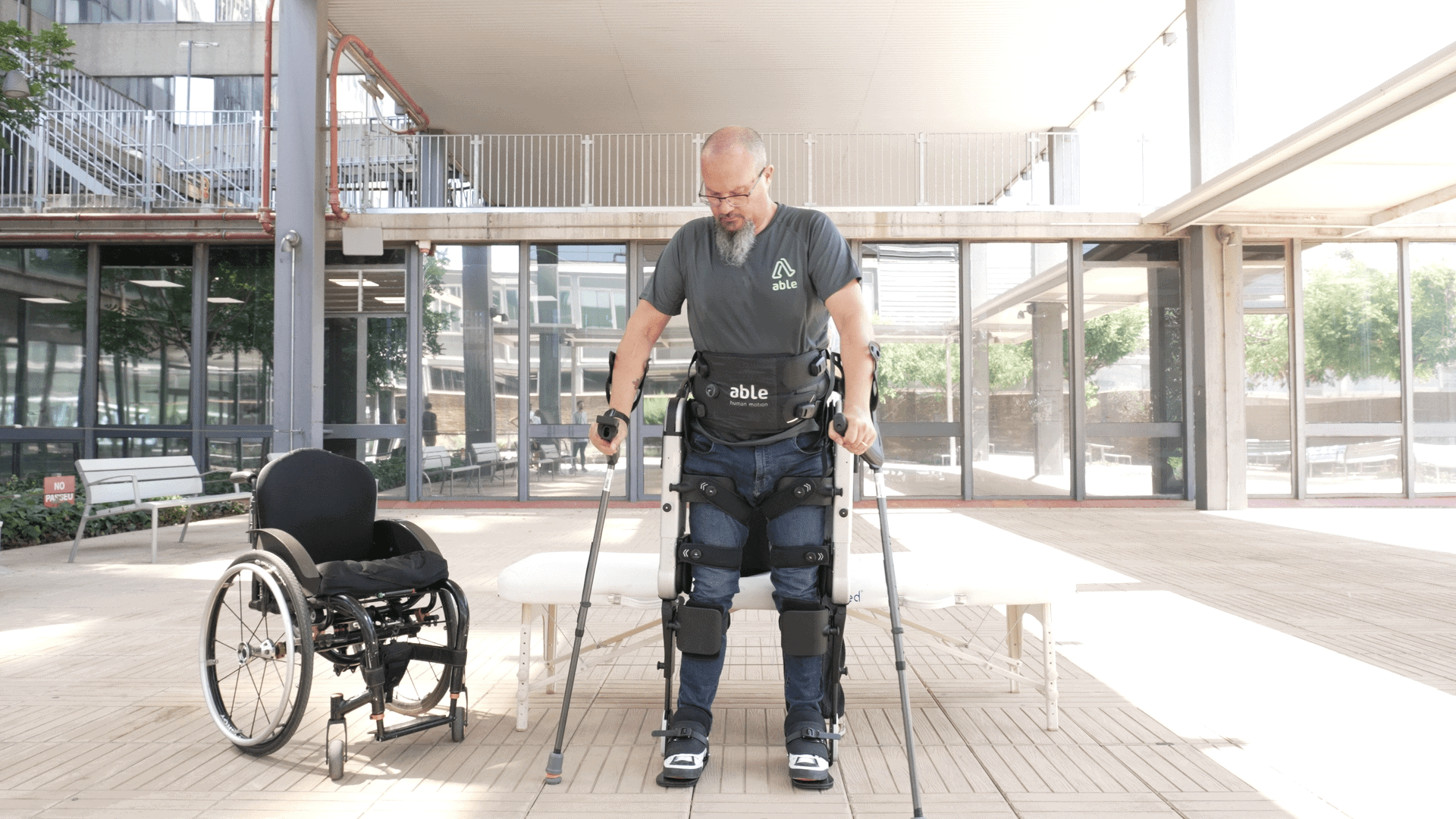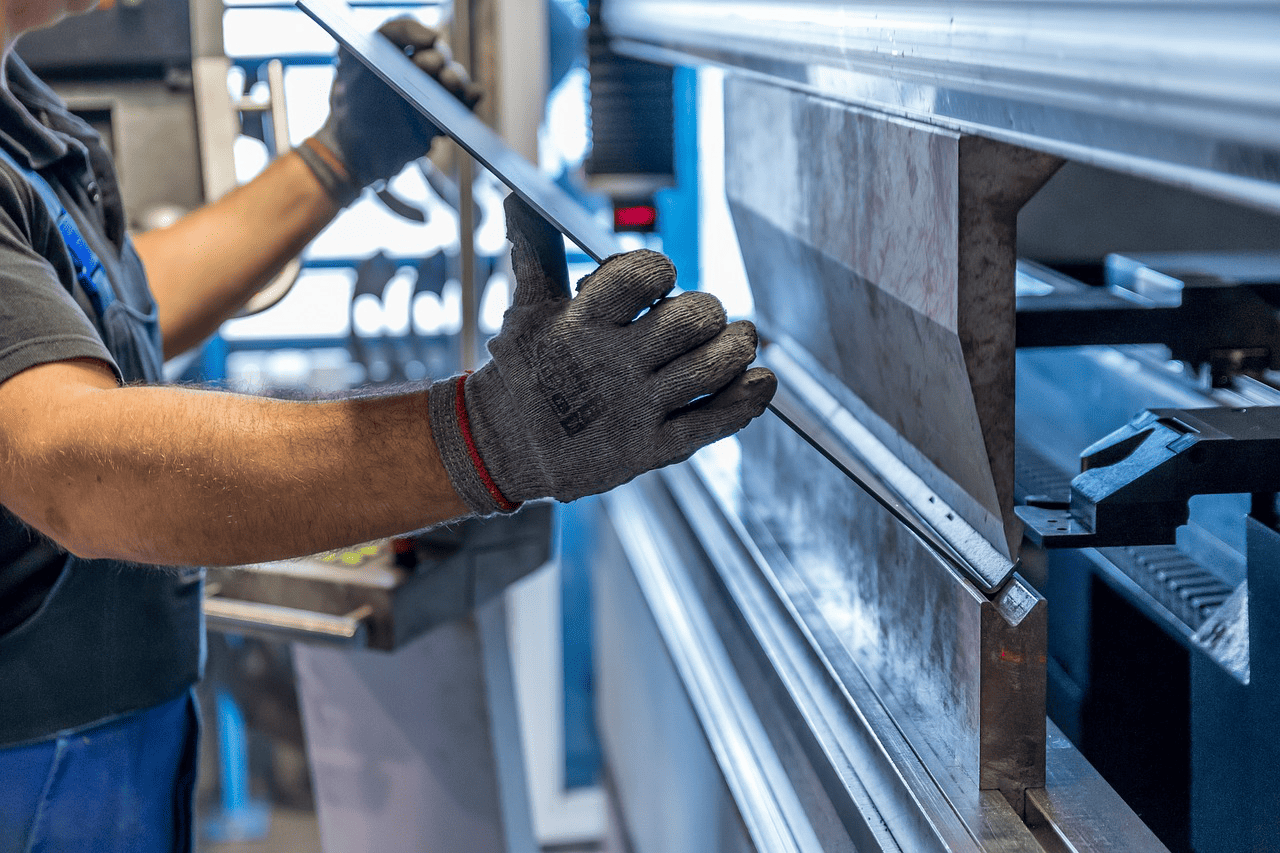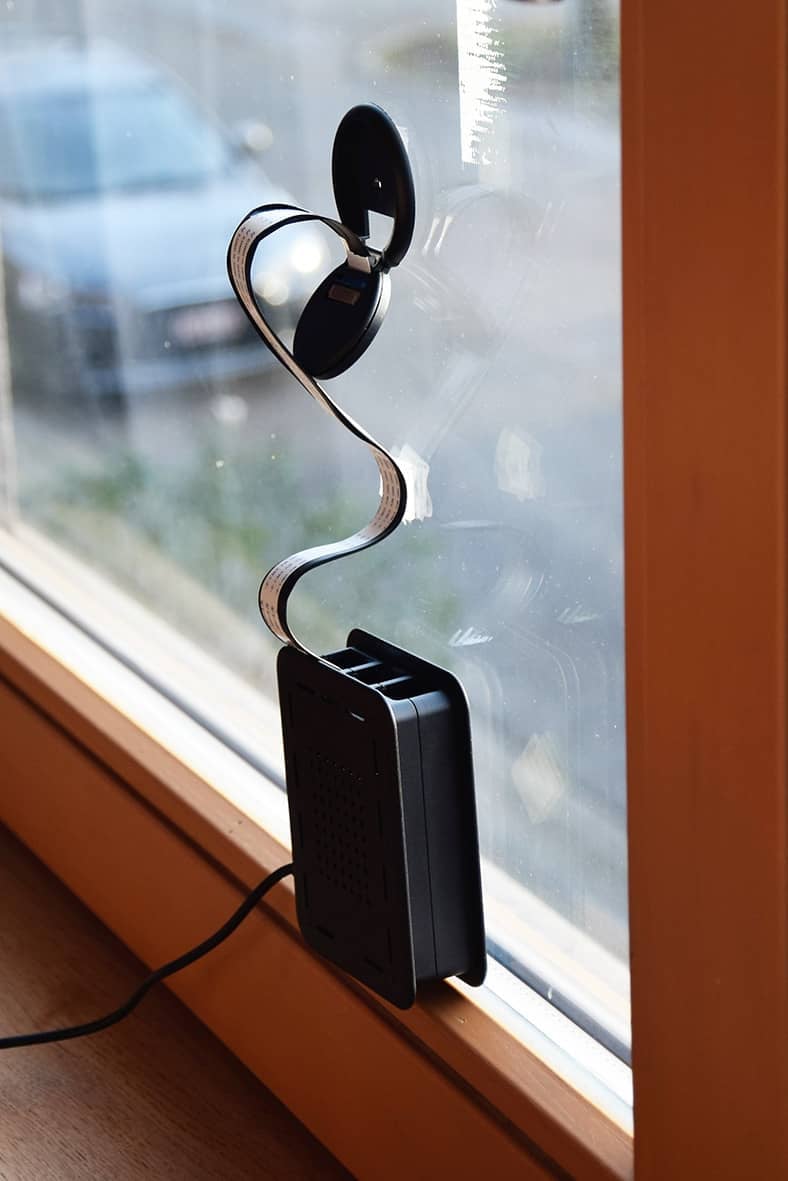
About Telraam
- Founders: Transport & Mobility Leuven, Mobiel 21, Kris Vanherle and Dave Driesmans
- Founded in: 2021
- Employees: 6
- Money raised: €280,000
- Ultimate goal: Rolling out as many traffic sensors as possible
Traffic counts cost governments a lot of money and are usually momentary snapshots. Thanks to the Telraam project, citizens can help map local traffic problems much more accurately. They don’t have to do much more than stick a simple sensor on their window. This measures all the traffic that passes by. We spoke for this instalment of start-up of the day with Kris Vanherle, one of the founders of Telraam.
What does Telraam aim to do?
“Traffic counts have not been very well understood until now. Telraam is addressing this by actively engaging with local citizens and providing good traffic counts. We supply the research questions and the technology. Citizens provide the data. This enables you to set up infrastructure, traffic lights and traffic plans more efficiently.”
Where did the idea to set up Telraam come from?
“When you talk about urban mobility, it’s always instantly about things like cut-through driving, air pollution and traffic safety. For years, one frustration of the Transportation & Mobility Leuven department -one of our founders- has been that there is such a dearth of traffic count data available. Traffic counts are key in providing a basis for solutions. Measurements that record cars, heavy traffic, public transport, cyclists and pedestrians are imperative in order to be able to draw up good traffic plans. We have a range of useful ways to count traffic. Many cities and towns are now making use of our system.”
How does it work?
“Telraam has developed a sensor that includes software to do traffic counts. This is attached to a window and then counting can begin. Telraam is that simple. All collected measurement data is then made available for policymakers, researchers, as well as all local residents and interested parties.”
What does the sensor measure exactly?
“It counts the number of cars, pedestrians and cyclists that pass by. The new sensor can also detect buses. In the case of cars, the system measures 90 percent accurately. The accuracy rate is slightly lower for pedestrians and cyclists, but good enough to make statements.”
What sensor do you make use of?
“The Telraam device is a combination of a Raspberry Pi microcomputer, sensors and a low-resolution camera. The device is attached to the inside of a window on one of the floors facing the street. We have developed a new sensor that can also count motorized traffic at night, although the accuracy rate will be lower than during the day. It is also easier to install. The updated sensor is expected to hit the market in early 2023.”
How many Telraam units have already been installed?
“We are approaching 4,000 telraam units, of which about half are currently active, mainly in Flanders. Projects have also been done in Wallonia. Since than, we have also done a project in Utrecht. Other cities are also interested, such as Amsterdam. In the meantime, we already have units in other European countries and elsewhere in the world, like Canada and San Francisco.”
What will this mean for municipalities?
“Thanks to Telraam, municipalities are able to collect a lot more data. This is particularly useful for smaller municipalities. It also lets citizens collect a lot of data. This often gives them new insights into the objective traffic situation, where previously it was intangible and people only had a feeling about the extent of traffic congestion. It allows them to present a better argument for their story to the city council. On the other hand, it also makes the discussion with citizens more objective. You can at least have discussions based on objective data.”
Can you give an example?
“For example, in Leuven there was a street that was in a thirty kilometer zone. The locals noticed that people were driving way too fast there. Our measurements also confirmed this. Modifications were then made to the street, such as a traffic sign and speed bumps. We could immediately see the effect of these measures with our sensors. People started driving slower.”
A new project, Telraam Talks, has just been launched. What does that entail?
“Telraam Talks seeks to get local citizens even more involved in mobility policy. This is a brand new, interactive platform for everyone who is eager to work with Telraam data. Citizen scientists here are sharing insights, asking questions and sharing best practices with other citizen scientists and with mobility professionals. People don’t just want to count traffic on their street with Telraam, they want to interpret and analyze those counts. They want to be able to take action and be part of solutions, for instance, so they can help to curb excessive speeding or cut-through driving in their streets.”
